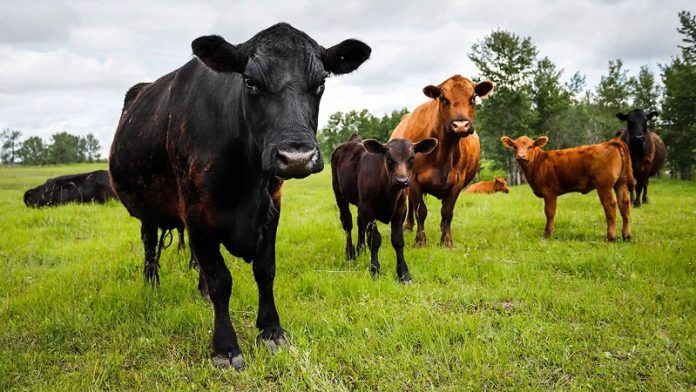Little Rock, Arkansas – As drought conditions in Arkansas continue to worsen, it’s starting to have an impact on agriculture.
In order to cut their losses, cattle farmers are selling off livestock. Farmers in this industry rely on grass fields and hay to supplement costlier feed. The withering conditions are affecting pasture performance statewide.
According to Kevin Lawson, the University of Arkansas Cooperative Extension’s director for the 25-county Ozark District, cattle farmers face grim prospects. His district sits in the heart of Arkansas’ cattle-producing region.
“We’re on the edge of a disaster,” he said.
Since late May, parts of Arkansas haven’t had any measurable rain. The National Agricultural Statistics Service’s weekly crop report indicates that 43% of pastures are in poor or very poor condition.
“We’re holding steady right now,” said Michael Lee, who runs Flying C Ranch, a cow-calf operation in Faulkner County. “The grass is struggling. If it doesn’t rain pretty significantly in the next week or two, there will probably be a lot of cows that will have to be sold here on the farm.”
According to Herb Ginn, Crawford County extension staff chair for the University of Arkansas System Division of Agriculture, some hay growers are working on their second cutting, but they are still struggling.
“This is one for the books, though we hadn’t yet broken the high-temperature record in Fort Smith,” Ginn said. “The forecast for next week is 101 and 102, so that ought to pretty well finish us off as far as hay is concerned desperate times call for desperate measures and if things continue as they are, some producers may be forced to sell their cattle. They can’t feed them.”
According to Zach Gardner, Faulkner County extension agent, a hayfield being used for an integrated pest management demonstration last year produced 242 round bales in its first cutting.
That number is down to 151 bales this year.

